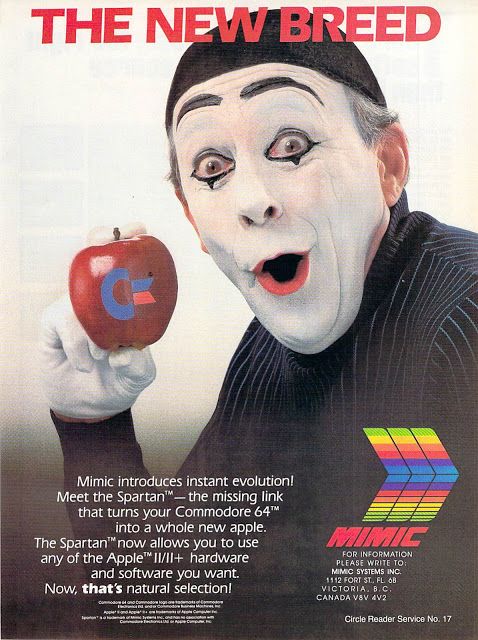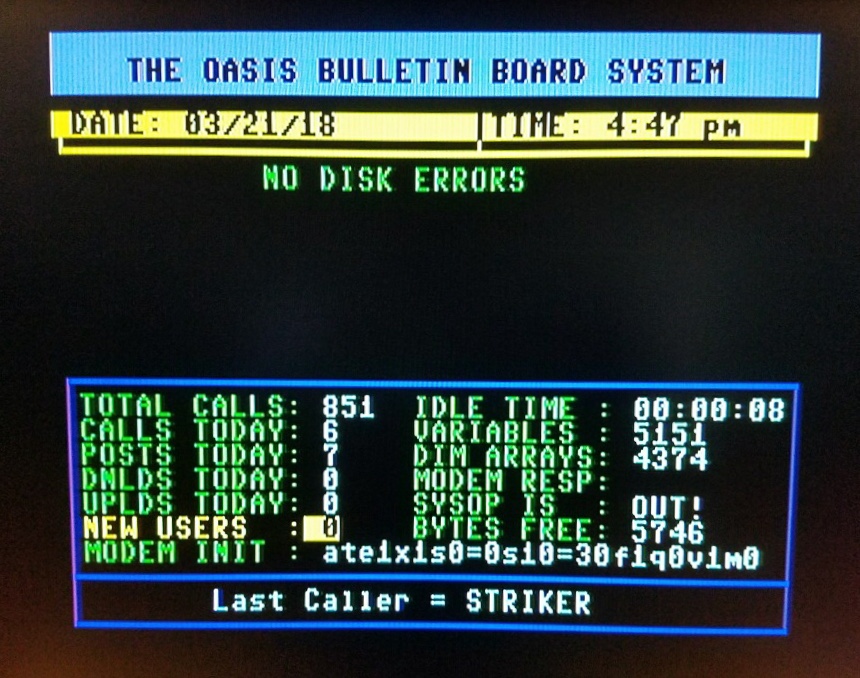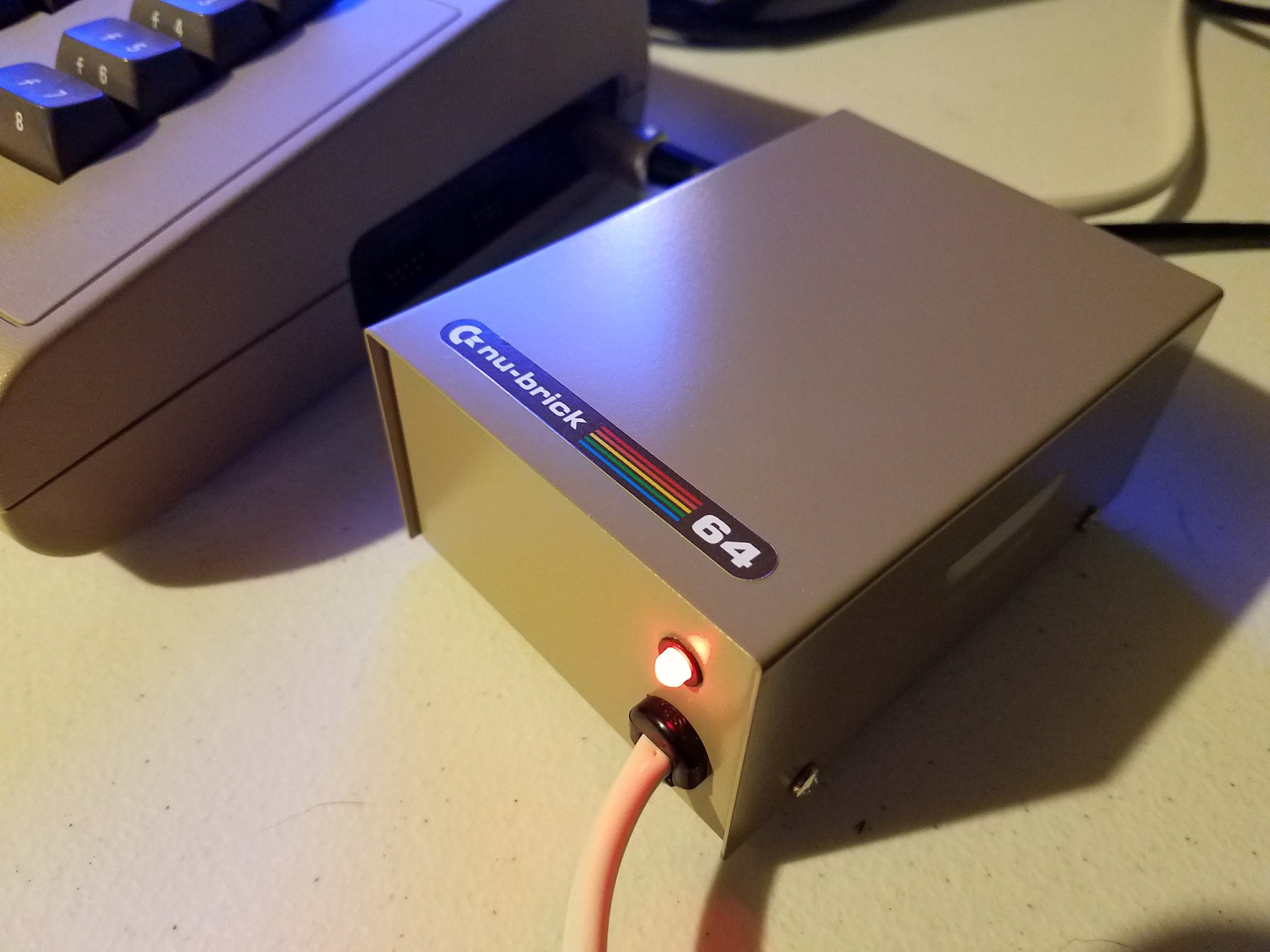In a curious twist of 8-bit engineering, the Mimic Spartan is a machine that fuses the Apple II and Commodore 64—two giants of early home computing—into a single unit. ARC Javmaster kicks off a multi-part restoration series on this unusual Canadian computer oddity, beginning with a detailed teardown and cautious first boot. If you’re into quirky cross-platform machines or vintage hardware archaeology, you’re going to want to follow this project.
From the outside, the Spartan doesn’t scream “Apple II clone,” but it certainly whispers “prototype project with serious ambition.” Hailing from Vancouver and created by Mimic Systems in the mid-1980s, this machine lets users toggle between Apple and Commodore modes with the same keyboard. ARC Javmaster wastes no time disassembling the case, inspecting every board, connector, and mysterious port with a mix of excitement and uncertainty.
What’s Inside the Spartan?
Once opened, the Spartan reveals its strange but appealing layout: two power supplies, a series of expansion slots, and a daughterboard carrying what looks like a MOS 6502 CPU. It’s built like a chimera—part Apple II Plus, part Commodore 64, and entirely weird.
The restoration process begins with an aggressive cleaning session using isopropyl alcohol and cotton swabs. Years of dust and corrosion have taken their toll, but ARC Javmaster brings the board back from the brink. One connector is damaged, and corrosion is spotted on some pins, but most chips are carefully reseated. There’s also a joystick extension cable thrown in for good measure, along with ports that no one seems entirely sure about. That’s half the fun.

Apple Meets Commodore (Sort of)
One of the quirks of the Mimic Spartan restoration is that it doesn’t run on its own. It relies on a working Commodore 64 to function, using its keyboard for control. Fortunately, ARC Javmaster locates a slightly yellowed C64 and gets it cleaned up as well. The cables, however, are another story.
There are missing video and data connectors, and the manual—thankfully found online—shows that multiple internal links are required to make the Spartan and C64 talk to each other. Makeshift video cables are assembled, and after a few attempts, the screen flickers to life with a glowing “Mimic Systems” boot message.
No keyboard input, but still—a heartbeat.
First Signs of Life
Getting video output from such an obscure machine is already a win. While keyboard response isn’t happening yet, ARC Javmaster confirms the board is alive and kicking. Voltage checks on the dual power supplies come back clean. The interior plastics are strong enough for retrobrighting, and the external case gets a full beauty treatment.
With every port inspected and every screw cataloged, the Spartan is on the verge of functioning again. A few issues remain—broken pins, bent connectors, and a missing game cable—but nothing that a few custom-made parts can’t solve.
Watch the Full Restoration Begin
This first video is more than just a cleaning session. It’s the start of what promises to be a deep technical unraveling of a forgotten machine. ARC Javmaster doesn’t pretend to have all the answers, but that’s what makes it compelling. It’s restoration through exploration.
From cleaning oxidized contacts to improvising cables, every step moves the Spartan closer to revival. And who wouldn’t want to see an Apple II clone rise again—this time with Commodore DNA running through it?







